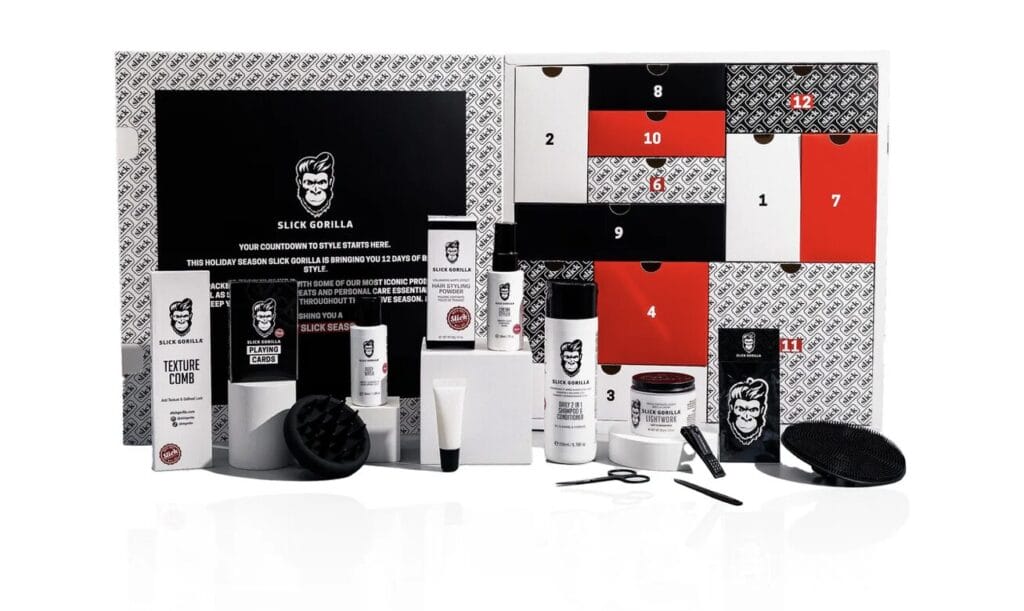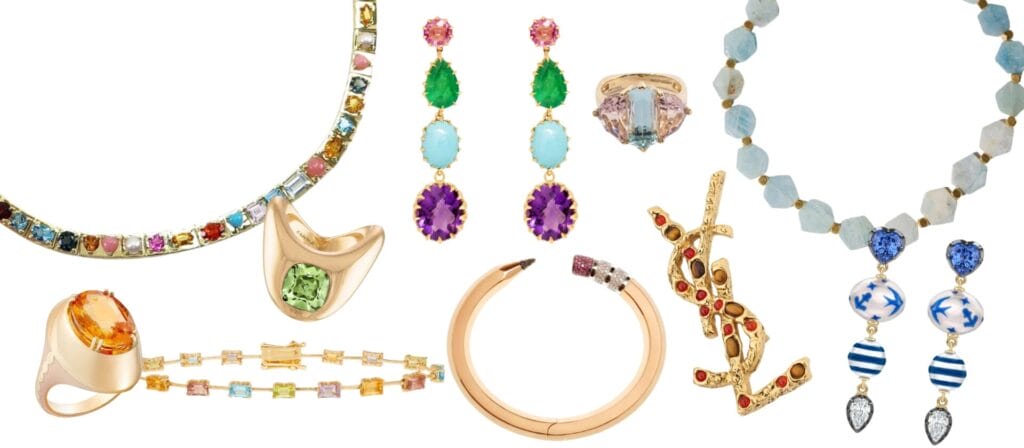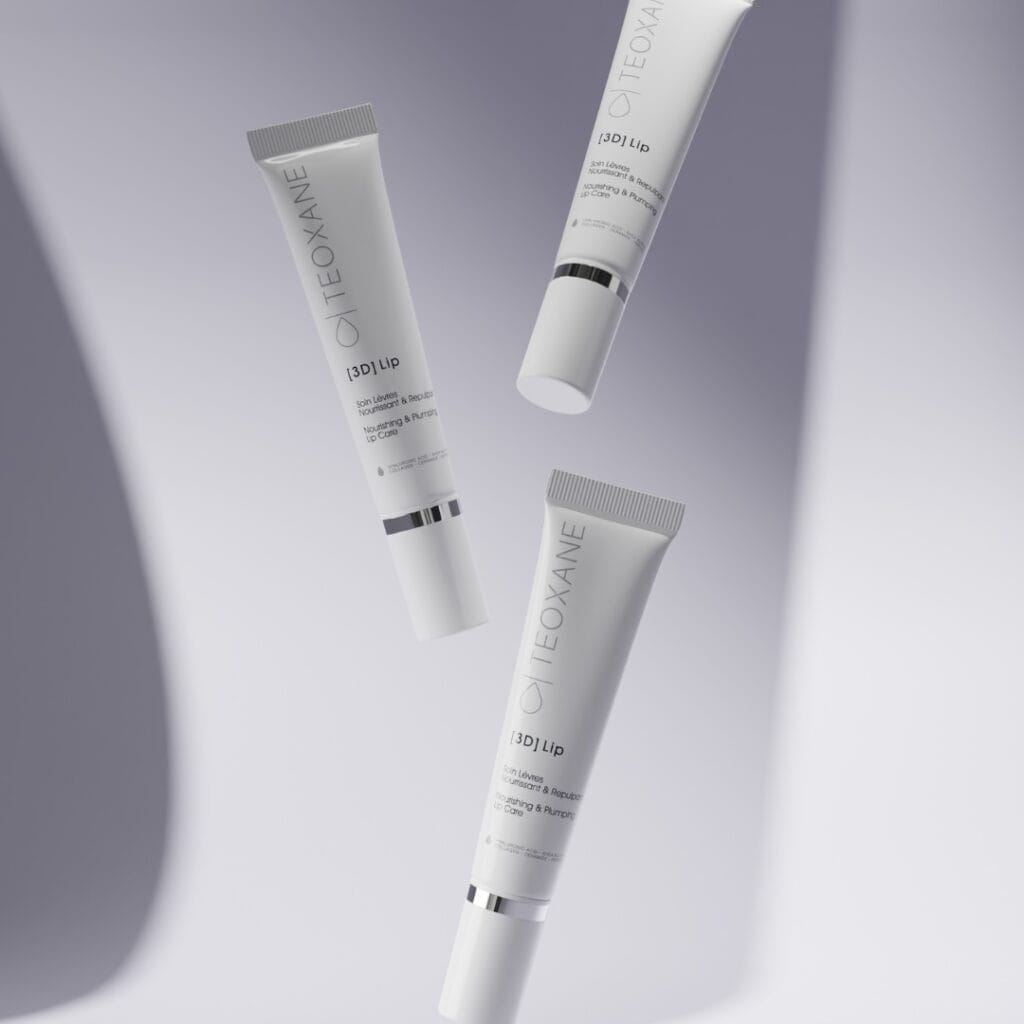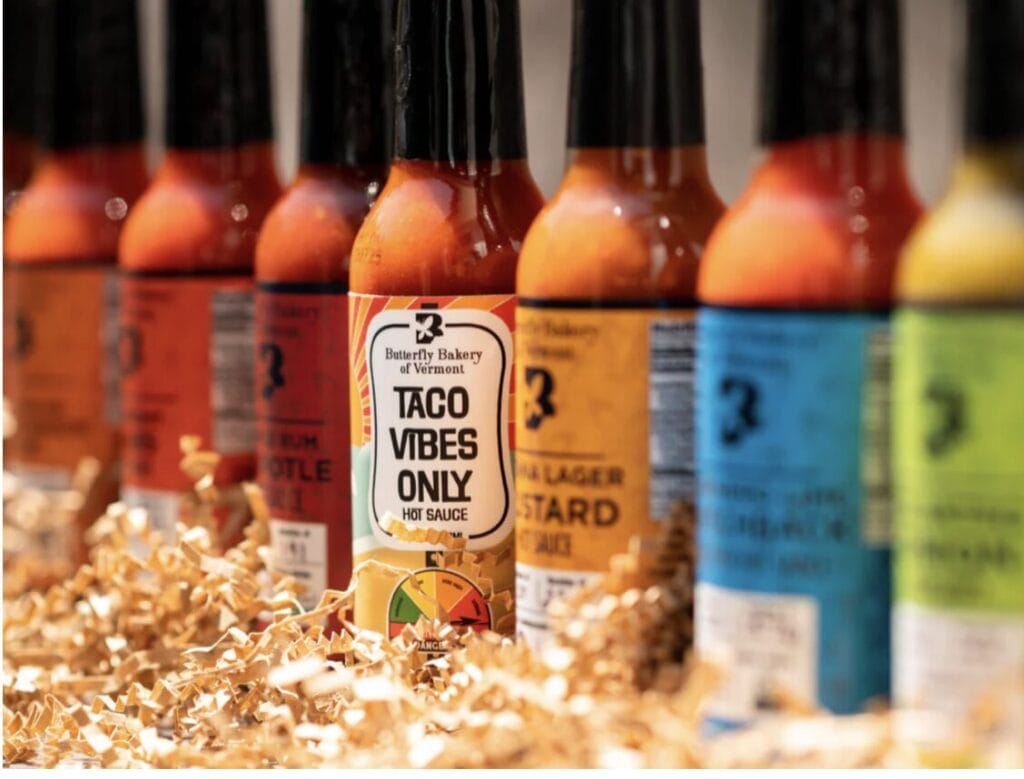In today’s fashion landscape, sustainability is more than a trend—it’s a necessity. Louis Vuitton, long synonymous with luxury and craftsmanship, is taking bold strides toward eco-consciousness through its upcycling program. The brand’s new initiative challenges the notion that luxury fashion and environmental responsibility are incompatible, proving that even the highest levels of craftsmanship can embrace sustainability.
But what exactly is upcycling, and why is it becoming a cornerstone in the luxury fashion world?
Understanding Upcycling in Fashion
Upcycling is the process of transforming discarded or unused materials into items of greater value. Unlike recycling, which breaks materials down to their raw form, upcycling enhances existing materials, turning waste into innovative new products. In the fashion industry, upcycling often involves reworking old fabrics, garments, and accessories into new designs, reducing the need for new raw materials and decreasing environmental impact.
A Brief History of Upcycling in Fashion
Though the term “upcycling” was coined in 1994 by German engineer Reiner Pilz, the practice has been around for centuries. One of the earliest examples of upcycling in apparel comes from 18th-century Japan. The technique known as Boro involved patching and repairing worn-out garments, often made from indigo-dyed cotton, and passing them down through generations. These garments, stitched together from patches, became beautiful works of art, demonstrating how necessity led to innovation in fashion.
In the Western world, wartime resource shortages during the 20th century further encouraged the reuse of clothing, but it wasn’t until the late 1990s and early 2000s that upcycling gained popularity as part of the sustainable fashion movement.

Louis Vuitton’s Approach to Upcycling
Fast-forward to today, and Louis Vuitton is leading the upcycling charge within the luxury sector. In 2024, Louis Vuitton launched its Prélude collection in collaboration with designer Kevin Germanier, a pioneer in upcycled fashion. The collection repurposes unsold products from major fashion houses and leftover materials from LVMH’s Nona Source platform. Through this program, Louis Vuitton not only reduces waste but also creates exclusive, one-of-a-kind pieces that blend heritage with modernity.
Louis Vuitton’s upcycling initiative is a part of LVMH’s larger environmental strategy. The company is pushing the boundaries of what upcycling can achieve, incorporating new techniques such as strip-cutting and weaving to create innovative textiles. As the brand pioneers new creative methods in the luxury world, it shows that sustainability can be synonymous with sophistication.
The Growing Market for Upcycled Apparel
As more consumers shift toward eco-conscious shopping, the upcycled fashion market has been gaining momentum. According to industry reports, the global sustainable fashion market, including upcycled apparel, is projected to reach $15 billion by 2030. Brands that embrace sustainable production practices are not only helping to combat environmental degradation but are also capturing a growing segment of consumers who prioritize ethical fashion.
5 Reasons to Consider Purchasing Upcycled Apparel and Accessories:
- Environmental Impact Reduction: Upcycling reduces the need for virgin resources, cutting down on the environmental footprint caused by traditional fashion manufacturing, such as water consumption and carbon emissions.
- Unique and Exclusive Designs: Upcycled pieces are often one-of-a-kind or limited edition, allowing consumers to own items that are not mass-produced and have a distinct story behind them.
- Preservation of Craftsmanship: Upcycling encourages creativity and craftsmanship by transforming materials that might otherwise go to waste. Brands like Louis Vuitton maintain the high-quality standards expected in luxury fashion while incorporating innovative techniques.
- Support for Sustainable Practices: By purchasing upcycled fashion, consumers can support brands that prioritize ethical and environmentally friendly production practices, contributing to the growing demand for a sustainable fashion industry.
- Investment in the Future of Fashion: As sustainability continues to shape the future of fashion, upcycled items represent a shift toward responsible consumerism, helping to drive the industry toward more sustainable and circular business models.


The Future of Upcycled Fashion
Louis Vuitton’s commitment to upcycling is just the beginning of what could become a wider trend in the luxury fashion industry. As the demand for sustainable fashion grows, more brands are likely to adopt upcycling practices, leading to further innovation in how materials are reused. Louis Vuitton’s Prélude collection sets a precedent for other high-end brands to follow, blending timeless luxury with the urgent need for environmental responsibility.


With brands like Louis Vuitton leading the charge, the future of fashion is not only luxurious but sustainable, too.
Louis Vuitton’s upcycling program is redefining luxury by merging sustainability with timeless craftsmanship. Through its innovative LV Upcycling Capsule Collection and initiatives like the Prélude collection, the brand transforms leftover materials and unsold products into limited-edition, high-fashion pieces. This approach not only reduces environmental waste but also challenges the traditional notions of luxury, proving that eco-conscious practices can coexist with elegance. By pushing creative boundaries and reimagining materials, Louis Vuitton exemplifies how fashion can lead in sustainability while maintaining its iconic status in the industry.
About the Author:
Joseph DeAcetis is a visionary force in the world of fashion, celebrated as one of the finest wardrobe stylists and art directors of his generation. His expertise and creativity have earned him accolades throughout the industry, placing him at the forefront of fashion’s evolution. Joseph’s work seamlessly weaves together style, culture, art, and fashion, with a special focus on the shifting landscape of menswear.
Over the course of his distinguished career, Joseph has had the privilege of styling and even interviewing global icons such as Elon Musk, Justin Bieber, Richard Branson, Katy Perry, Tom Brady, and A$AP Rocky, to name just a few. His influence extends beyond styling, as he has also been a prolific writer, contributing award-winning columns to esteemed publications like Esquire, People Magazine, Robb Report, and Playboy. His deep insights and captivating storytelling have established him as a leading voice in fashion journalism.
Joseph most recently served as Creative Fashion Director at Forbes Media, where his dual role as critic and reporter allowed him to explore the intersection of technology and fashion, always championing the transformative power of style. As the founder and president of POTRO, the premier Latinx menswear brand, Joseph is redefining modern menswear with a commitment to celebrating Latinx heritage and craftsmanship.
With an authoritative yet relatable voice, Joseph DeAcetis continues to inspire and influence the world of fashion, setting new standards for success and innovation.
Comments, questions, or feedback? visit me at stylelujo.com
Save Article








